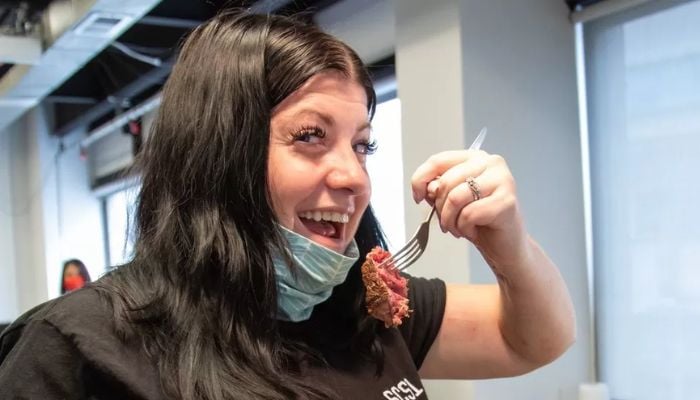Stroke patients hopeful after scientists develop revolutionary stimulation therapy
Patients claim that new technology immediately increases their arm and hand mobility
Scientists working on a ground-breaking spinal cord stimulation therapy in Pittsburgh gave stroke victims new hope for regaining their movement.
Patients claim that the new technology immediately increases their arm and hand mobility, making it easier for them to carry out their regular daily tasks, authors reported in their work published in the journal Nature Medicine.
In order to activate healthy brain networks, a pair of thin metal electrodes that resemble spaghetti are implanted around the neck. For the first time in years, stroke patients are now able to fully open and close their fists, raise their arms above their heads, and cut a piece of steak with a knife and fork.
Researchers at the University of Pittsburgh Medical Centre demonstrate through a series of tests tailored to each patient that the stimulation enables patients to carry out a variety of complex activities, such as moving a hollow can or opening a lock. The research team's clinical evaluations reveal that stimulating the cervical nerve roots quickly increases the strength, range of motion, and functionality of the stroke patient's arm and hand.
Interestingly, the study discovers that the effects of stimulation seem to linger longer than the researchers had first hypothesised. Even after removing the device, the enhanced mobility maintained, indicating that it may serve as both an assistive and a restorative technique for stroke rehabilitation.
According to the team, the immediate effects of the stimulation allow for intense physical training, which may then result in even more pronounced long-term gains once the treatment is over.
“Thanks to years of preclinical research building up to this point, we have developed a practical, easy-to-use stimulation protocol adapting existing FDA-approved clinical technologies that could be easily translated to the hospital and quickly moved from the lab to the clinic,” said corresponding and co-senior author Marco Capogrosso, PhD, an assistant professor of neurological surgery at Pitt, in a university release.
A cure for ‘permanent’ paralysis?
One in four people over the age of 25 will have a stroke at some point in their lifetime, and 75% of those people will have permanent loss of control over their arms and hands. The so-called "chronic" period, which starts about six months following the stroke, has no viable treatments at this time.
Researchers claim that those who live with disabilities that many doctors might consider permanent may find some hope in the new technology.
“Creating effective neurorehabilitation solutions for people affected by movement impairment after stroke is becoming ever more urgent,” said senior co-author Elvira Pirondini, PhD, assistant professor of physical medicine and rehabilitation at Pitt.
“Even mild deficits resulting from a stroke can isolate people from social and professional lives and become very debilitating, with motor impairments in the arm and hand being especially taxing and impeding simple daily activities, such as writing, eating and getting dressed.”
-
Bamboo: World’s next sustainable ‘superfood’ hiding in plain sight
-
NASA Artemis II rocket heads to the launch pad for a historic crewed mission to the Moon
-
Blood Moon: When and where to watch in 2026
-
Elon Musk’s Starlink rival Eutelsat partners with MaiaSpace for satellite launches
-
Blue Moon 2026: Everything you need to know
-
Scientists unravel mystery of James Webb’s ‘little red dots’ in deep space
-
ISS crew of four completes medical evacuation with safe splashdown off California
-
Annular solar eclipse 2026: Here's everything to know about the ‘ring of fire’












